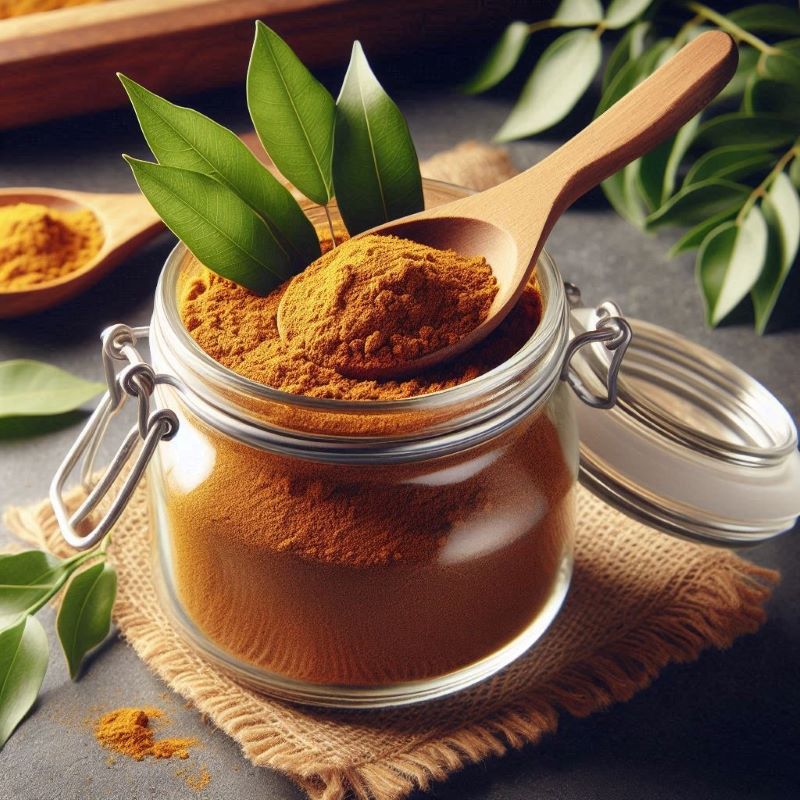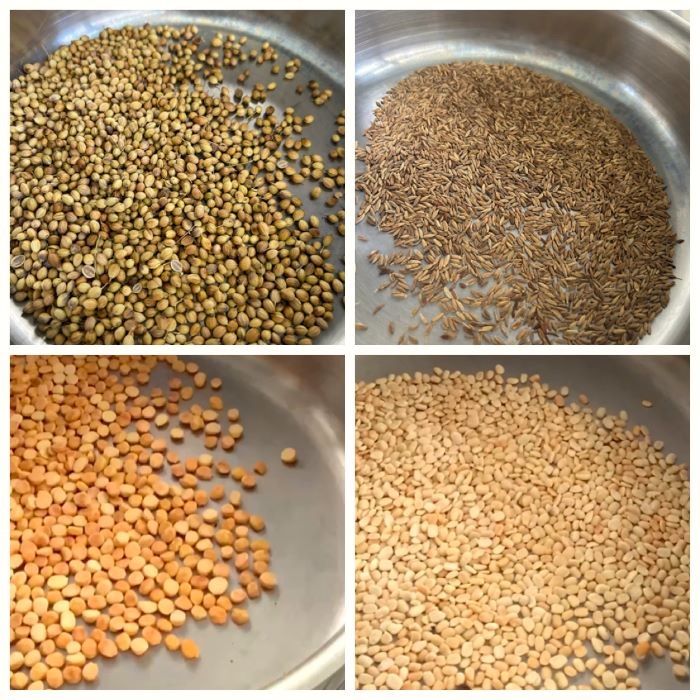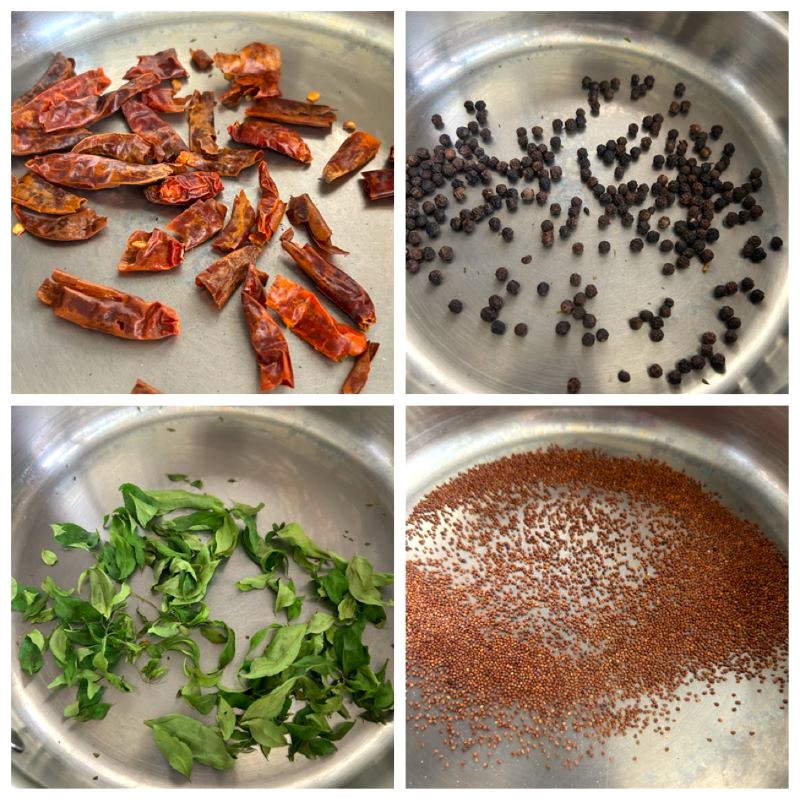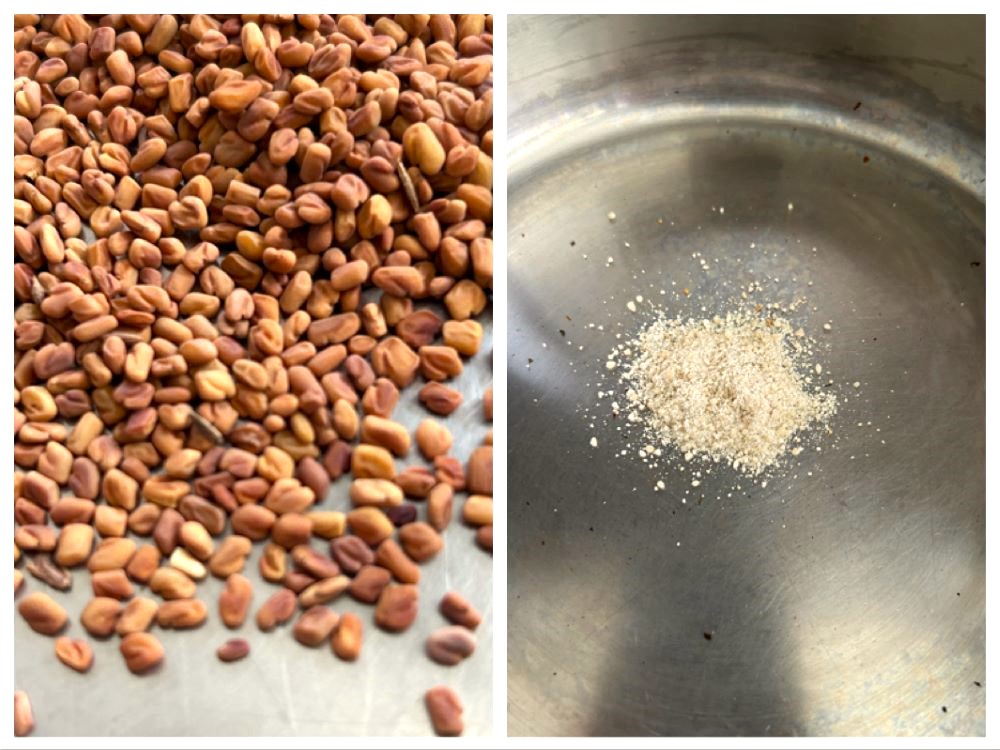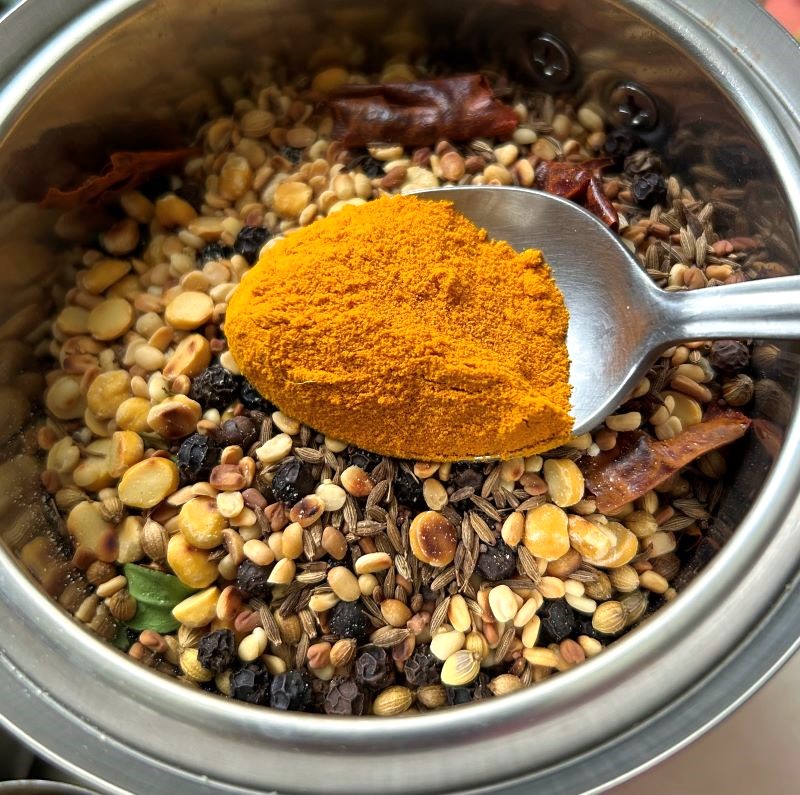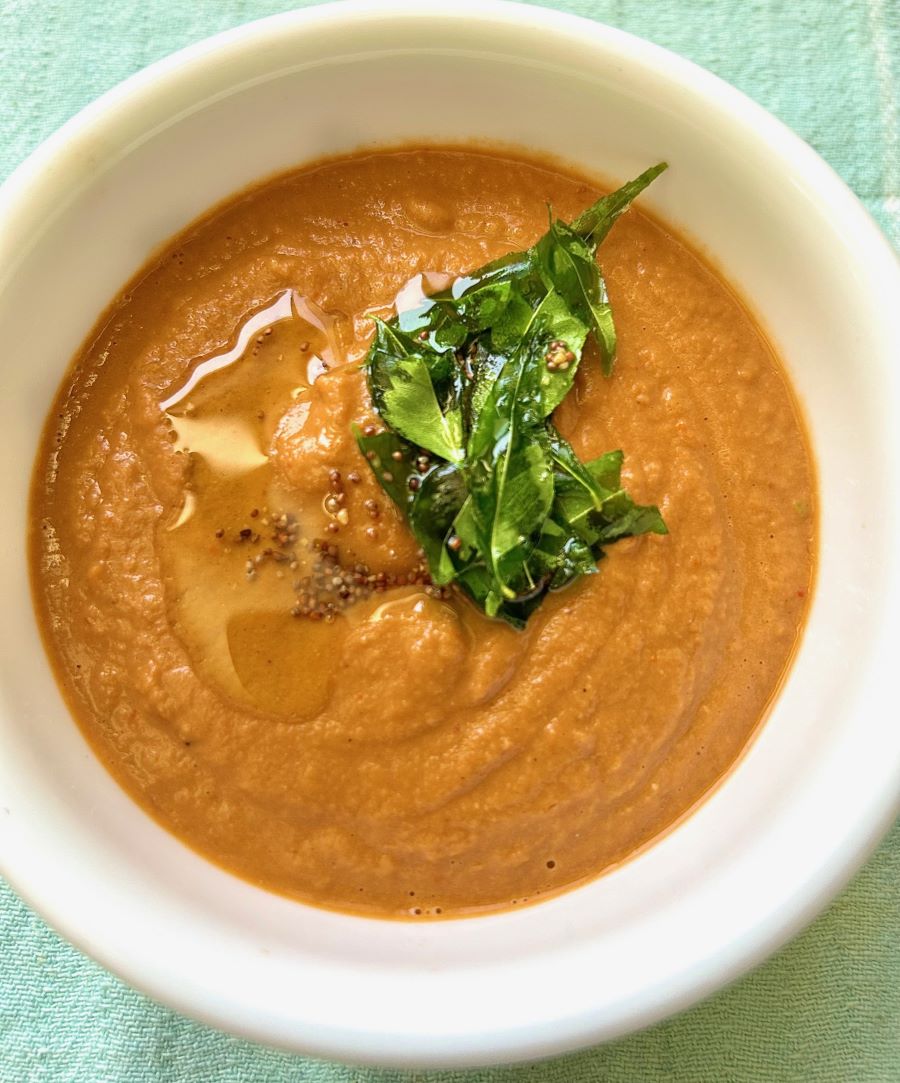
Chutneys are special when it comes to Indian cuisine. India is the origin of different varieties of regional chutneys. They are super versatile. You can relish it as a condiment, use it as an ingredient, and even as a spread. Not just that, chutneys enhance flavor, provide texture contrast, preserve ingredients and hold cultural significance.
South Indian cuisine is not just about coconut chutney. There is so much variety and one such variety is Kara Chutney which originated in Tamil Nadu where kara means spicy. This chutney is typically made with onion, garlic, tomatoes and red chilies. This chutney because of its spiciness and lot of other flavours pairs perfectly well with foods that do not have lot of complicated flavour combinations like idli, dosa, appams.
I am a hardcore chutney fan. I need variation when it comes to having chutneys with idli or dosa, even if it is a slight one. And this kara chutney is like an explosion of flavour in your mouth. It is delicious to the core. In fact it is my favourite chutney from South Indian cuisine. You can obviously make it less spicy by adding lesser dried chilies. I also like this Spicy Tangy Peanut Chutney which also pairs great with dosas and idlis. It is made with no onion or garlic. You can give this a try too.
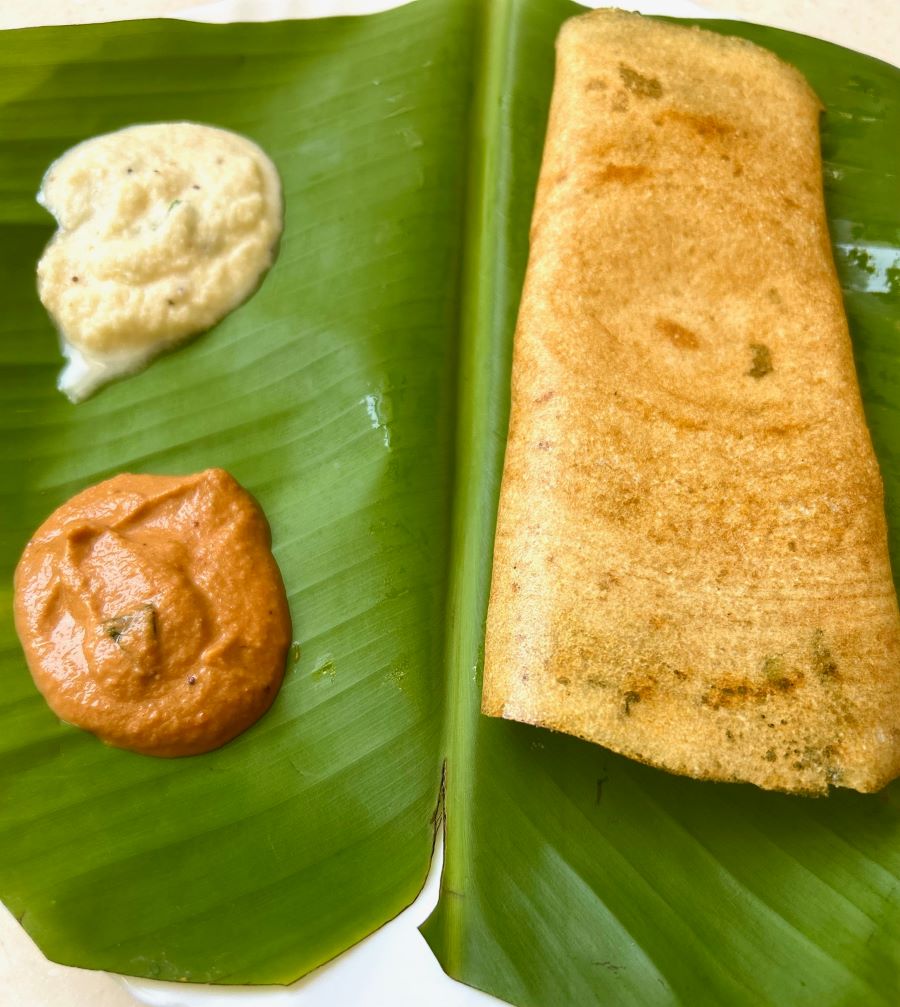
Originally kara chutney does not contain any coconut but I like to add a little bit to cut down on spice and also I feel coconut kind of balances all the other overpowering flavours of garlic, onion, lentils and tomatoes.
Let’s see how to make Kara Chutney my style with step by step recipe.
Recipe: serves 4
Ingredients
- Onion: 1/2 cup
- Channa Dal/Bengal gram: 1 tbsp
- White Split Urad Dal: 1 tbsp
- Arhar Dal: 1 tbsp
- Tomatoes: 1 cup
- Garlic: 2 cloves
- Dried Red Chillies: 2 (you can increase or reduce as per your liking)
- Coconut: 2 tbsps
- Tamarind: 1/2 tsp
- Water: 1/2 cup
- Salt to taste
- Oil: 2 tbsp (I used groundnut oil)
For Tempering
- Mustard seeds: 1 tsp
- Curry Leaves: 1 sprig
- Asafoetida/Hing: a pinch
- Oil: 1 tsp
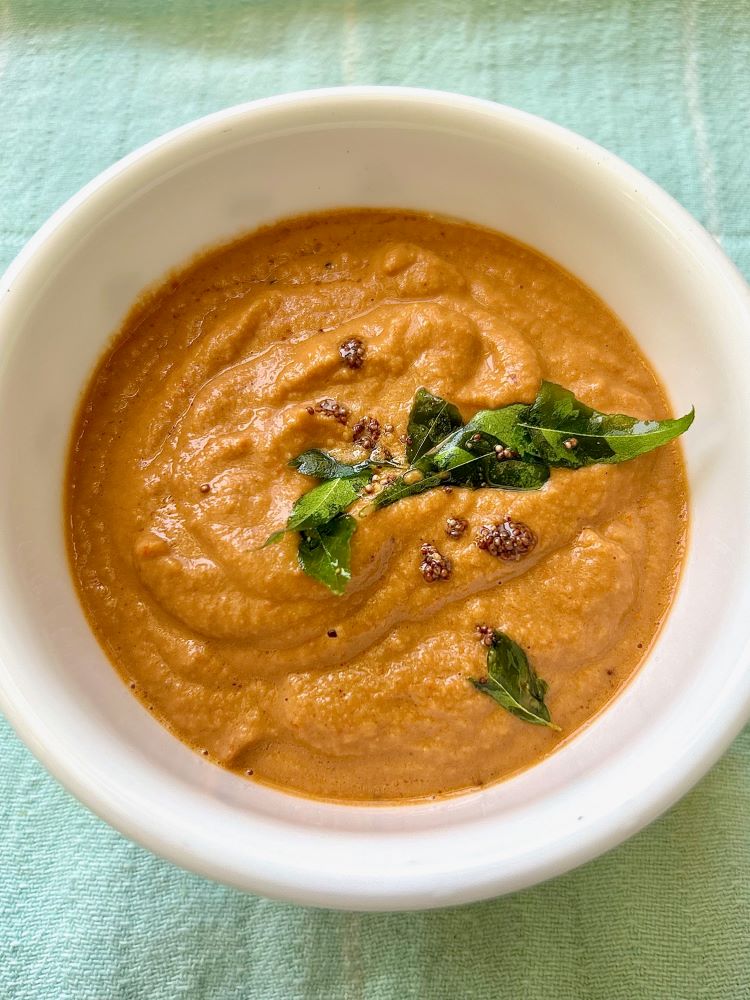
Instructions
- In a pan, heat 1 tbsp oil. Now add all the lentils. Roast till fragrant and lightlish brown in colour. Take it out and set aside.
- Now add a tbsp of oil and add roughly chopped garlic. Sauté till rawness goes.
- Then add onion and dry red chilies. Cook onions till they become translucent.
- Now add roughly chopped tomatoes, salt and the fried lentils. Cook everything till tomatoes get mushy and soft.
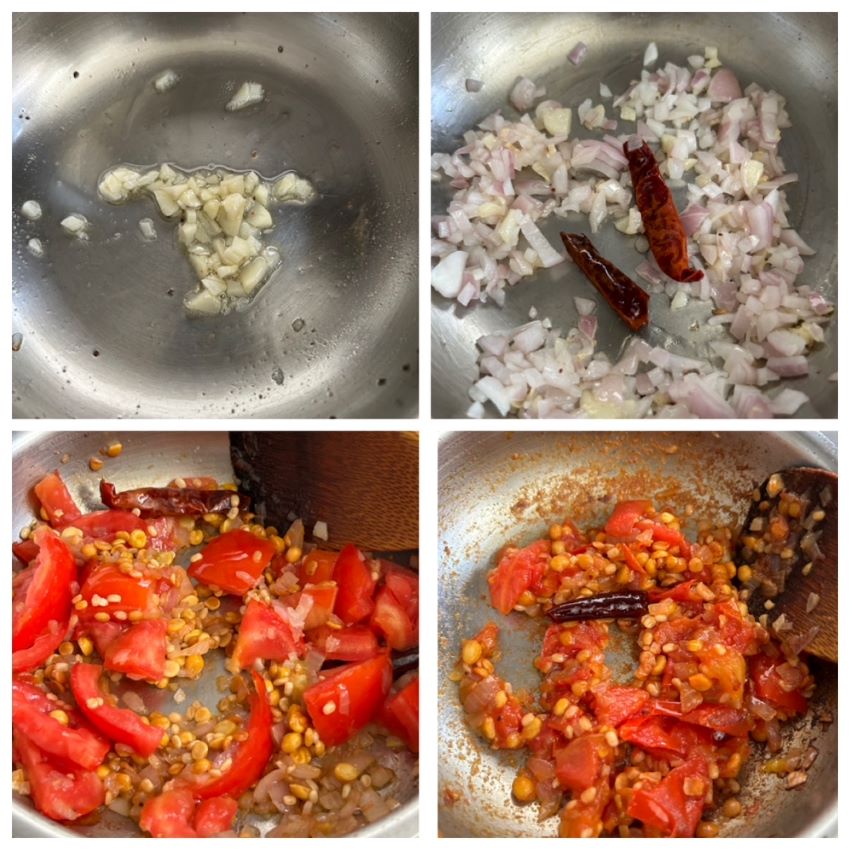
- Switch off the flame and allow to cool. Then in a blender, add tamarind, coconut and 1/4th cup of water and give a blitz.
- Remove the lid, scrape the sides and then add remaining water. Blend again till it becomes a smooth paste. You can add little more water if required.
- For tempering: Heat a tsp of oil. Add mustard seeds and a pinch of hing. Allow it to splutter. Switch off the flame and then add curry leaves. Let the leaves rest in the oil for a few seconds and then pour it over the chutney and mix well.
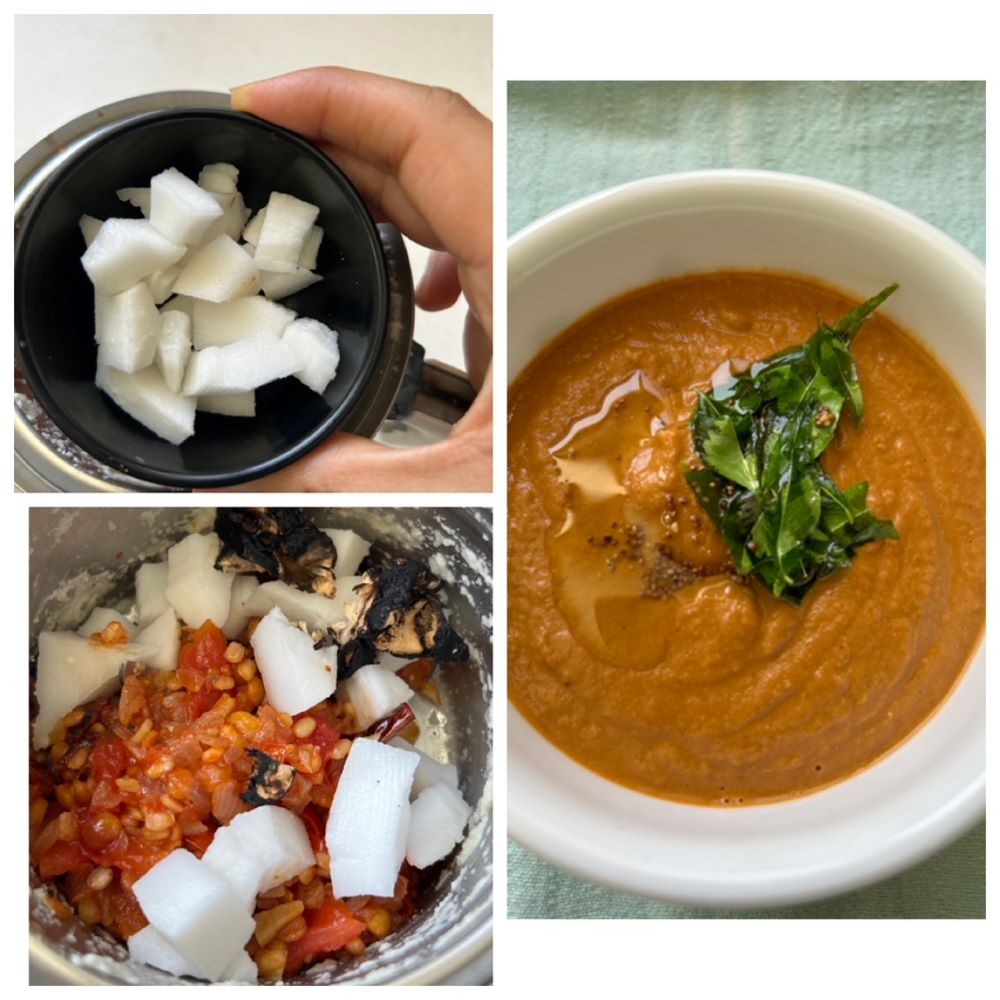
- Check for saltiness and tanginess. If you want it more tangy, at this stage you can add little bit of lemon juice.
- Serve kara chutney with idli, dosa or uttapam. This spicy chutney also goes well with paniyarams.
Note: Store the leftover chutney is refrigerator and consume within a week.
You should definitely try this chutney if you are a fan of South Indian cuisine. Do let me know in the comments if you do. Would love to hear from you.

